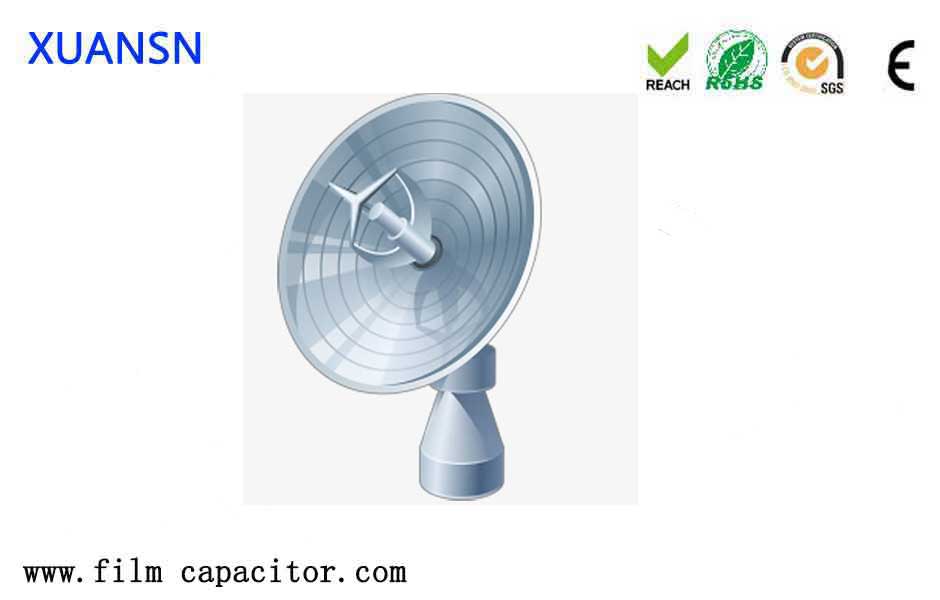According to industry association data, China’s export volume of machinery and equipment has surpassed Germany to become the world’s largest. Industry experts believe that the continued economic and trade growth of the complementary countries represented by ASEAN will help maintain the positive trend of exports.
At the “Symposium on the Promotion of Regional Comprehensive Economic Partnership (RCEP) National Industrial Cooperation” held a few days ago, industry experts believe that the high degree of industry complementarity has become the biggest driving force for the continued improvement of my country-ASEAN economic and trade relations, and future economic and trade cooperation in the fields of machinery and equipment The momentum will still heat up.
 Gao Lihong, director of the International Cooperation Department of China Machinery Industry Federation, said at the meeting that China and the ASEAN region have a large trade in machinery and equipment products, including power generation equipment, construction machinery, automobiles, petrochemical equipment, agricultural machinery, food packaging machinery, and plastic processing machinery. Many other products are exported. RCEP presents more opportunities than challenges to my country’s machinery industry. Recently, the Federation is studying and publicizing RCEP rules and plans to organize the establishment of power equipment industrial parks in ASEAN countries.
Gao Lihong, director of the International Cooperation Department of China Machinery Industry Federation, said at the meeting that China and the ASEAN region have a large trade in machinery and equipment products, including power generation equipment, construction machinery, automobiles, petrochemical equipment, agricultural machinery, food packaging machinery, and plastic processing machinery. Many other products are exported. RCEP presents more opportunities than challenges to my country’s machinery industry. Recently, the Federation is studying and publicizing RCEP rules and plans to organize the establishment of power equipment industrial parks in ASEAN countries.
According to data from the German Machinery and Equipment Manufacturing Association (VDMA) last week, China’s machinery and equipment exports in 2020 will be about 165 billion euros, leading Germany to become the world’s number one for the first time.
VDMA Foreign Trade Director Ulrich Ackerman said: “China has been the world’s largest machinery manufacturer for many years. The total sales of machinery and equipment in China last year was 924 billion euros, which is almost equal to the sum of the United States, Germany, Japan and Italy. It is only a matter of time before China becomes the leader in machinery and equipment trade.”
In fact, China’s machinery and equipment exports and investment in related industries have also effectively promoted the improvement of the ASEAN economy. Xu Ningning, executive chairman of the China-ASEAN Business Council and chairman of the RCEP Industrial Cooperation Committee, said at the meeting that ASEAN countries are fighting the epidemic tenaciously and are committed to economic recovery. There are many shadows of cooperation with China behind this. He said that Singapore’s Purchasing Managers’ Index (PMI) climbed from 50.7 to 50.8 in June; Indonesia’s manufacturing industry’s June PMI was above 50 points for the eighth consecutive month; Philippine manufacturing’s June PMI index rose for the first time in the past three months. At 50 points; Thailand’s manufacturing PMI index rose to 49.5 in June from 47.8 in May. From January to May this year, among the top ten non-financial direct investments by Chinese companies in 55 countries along the “Belt and Road” route, 6 were ASEAN countries, namely Singapore, Indonesia, Vietnam, Laos, Thailand, and Malaysia. In the first half of this year, China invested approximately US$2 billion in the country, accounting for 69% of Cambodia’s total investment, making it Cambodia’s largest investment source country.
In addition, the trade demand between the two sides remains unchanged. From January to June this year, trade between China and ASEAN maintained growth, reaching 2.66 trillion yuan, a year-on-year increase of 27.8%. China and ASEAN continued to be each other’s largest trading partners.




